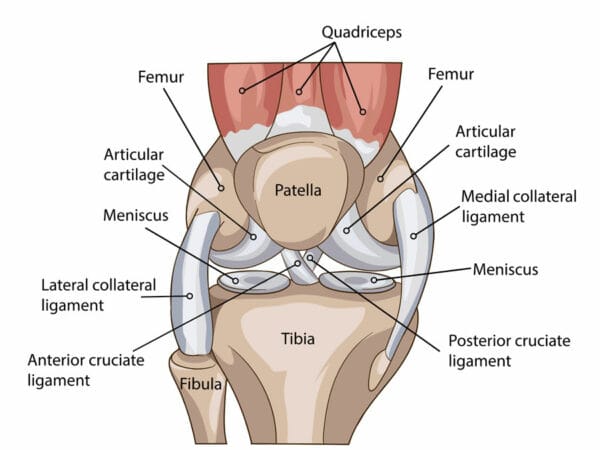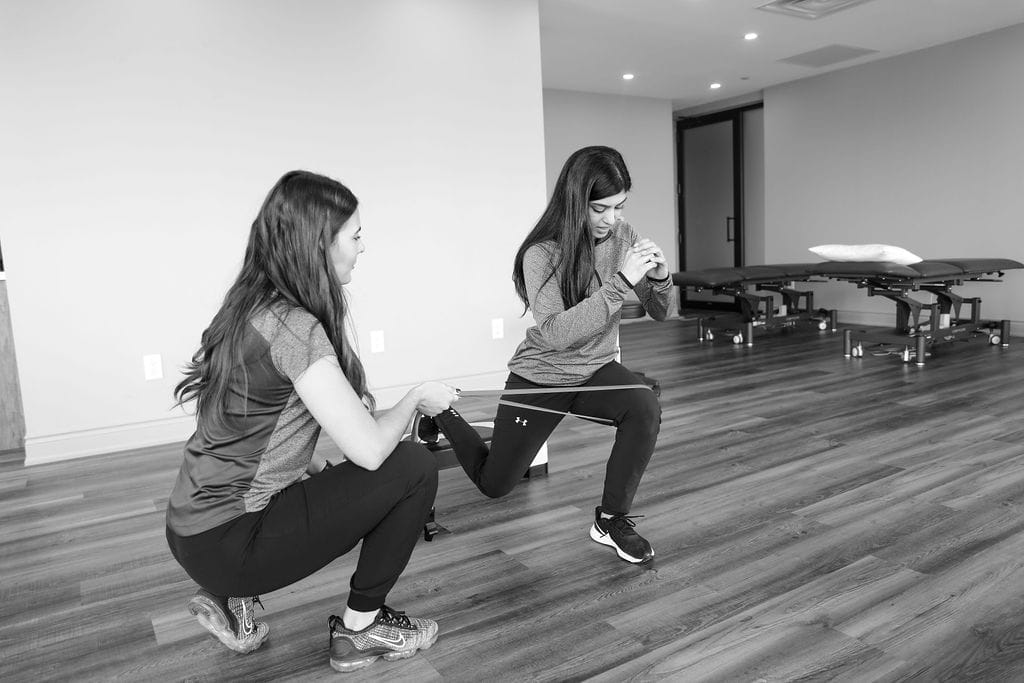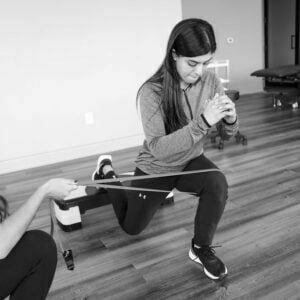Knee ligament injuries are quite common, and they can occur at any age. These injuries can be caused by a variety of factors, such as sports injuries, accidents, or falls. Knee ligaments connect the bones in the knee, and when they are injured, they can cause severe pain, swelling, and instability in the joint.
Anatomy of the Knee

There are four primary ligaments in the knee, and they are the anterior cruciate ligament (ACL), the posterior cruciate ligament (PCL), the medial collateral ligament (MCL), and the lateral collateral ligament (LCL). Each of these ligaments serves a vital function in the knee joint, and an injury to any one of them can cause significant problems.ACL injuries are common in sports that require sudden stops and starts, such as football, basketball, and soccer. A sudden change in direction or a twisting motion can cause the ACL to tear or sprain. Symptoms of an ACL injury include a popping sound in the knee, severe pain, swelling, and difficulty walking or standing.
PCL injuries are less common than ACL injuries but can occur in the same types of sports. The PCL is located at the back of the knee and is responsible for stabilizing the knee joint. Symptoms of a PCL injury include pain, swelling, and instability in the knee joint.
MCL injuries are often caused by a direct impact to the outer side of the knee, such as during a tackle in football. Symptoms of an MCL injury include pain, swelling, and difficulty straightening the knee.LCL injuries are less common than MCL injuries but can occur in the same types of sports. The LCL is located on the outer side of the knee and is responsible for stabilizing the joint. Symptoms of an LCL injury include pain, swelling, and instability in the knee.
What is the best treatment for Knee ligament injuries?
Treatment for knee ligament injuries varies depending on the severity of the injury. In mild cases, rest, ice, compression, and elevation (RICE) may be all that is necessary to relieve pain and swelling. In more severe cases, surgery may be required to repair the damaged ligament.
Physical therapy is an essential component of treatment for knee ligament injuries. A physical therapist can help the patient regain strength, mobility, and flexibility in the knee joint. Exercises that focus on strengthening the muscles around the knee can help reduce the risk of future injuries.
How do I prevent knee injuries from recurring?
Preventing knee ligament injuries is also essential, especially for athletes who participate in high-impact sports. Wearing appropriate protective gear, such as knee pads, can help reduce the risk of injury. Stretching before and after exercise can also help prevent injuries.
In conclusion, knee ligament injuries can be a significant source of pain and disability. It is essential to seek prompt medical attention if you suspect you have a knee ligament injury. With the right treatment and rehabilitation, most people can recover from these injuries and return to their normal activities. Preventing knee ligament injuries is also crucial, and taking appropriate precautions can help reduce the risk of injury.
Book an appointment to see one of our physiotherapists to get that knee injury treated.
Recovering from knee ligament injuries requires proper physiotherapy to restore strength, stability, and function. For those seeking professional care, there are numerous physiotherapy clinics in physiotherapy Etobicoke, Oakville, North York, Toronto, Lawrence Park, Queens Quay, Erin Mills, Mississauga, and Liberty Village. These clinics provide expert physiotherapy services and personalized rehabilitation programs to help you recover effectively and return to your active lifestyle.




